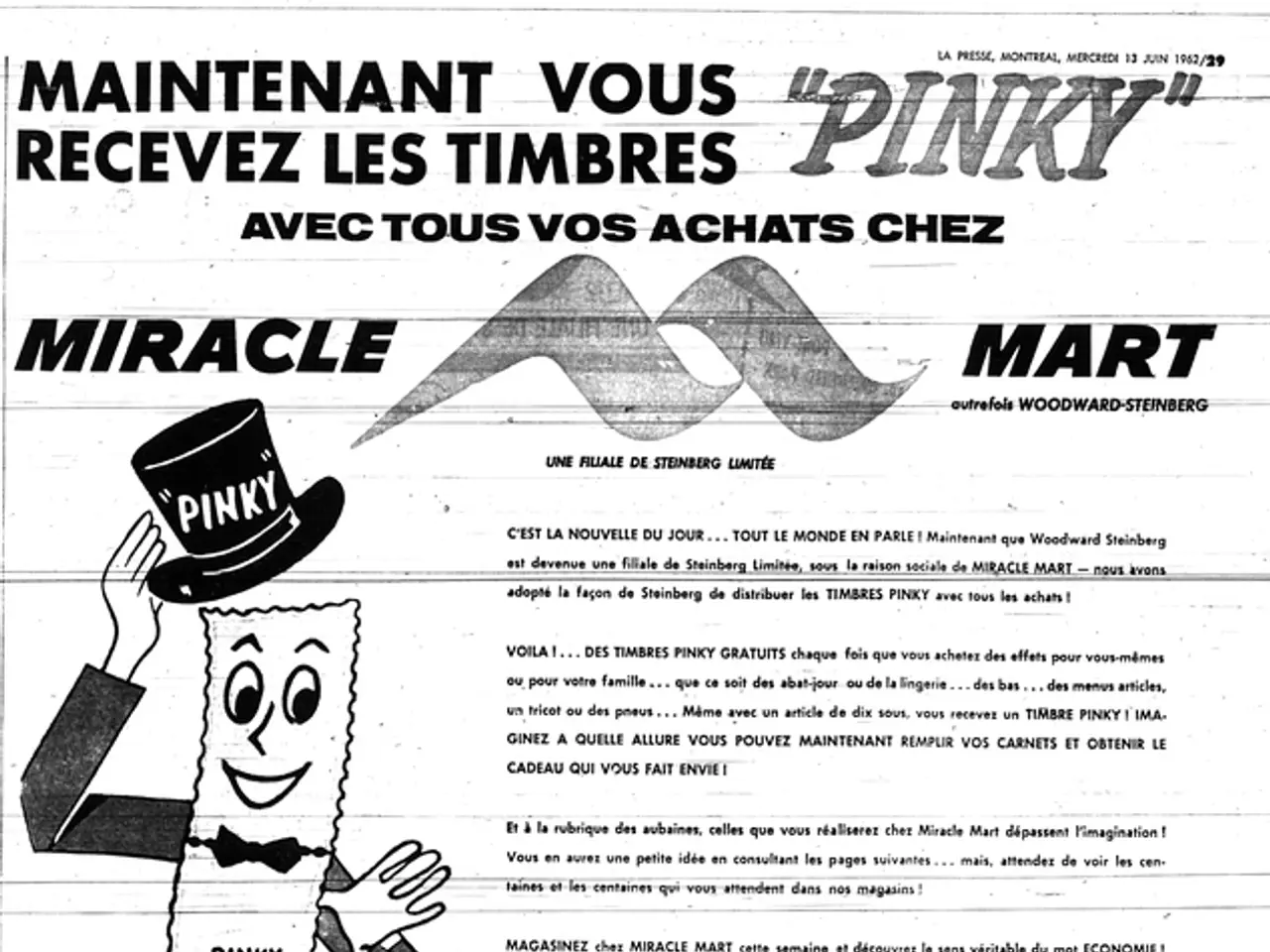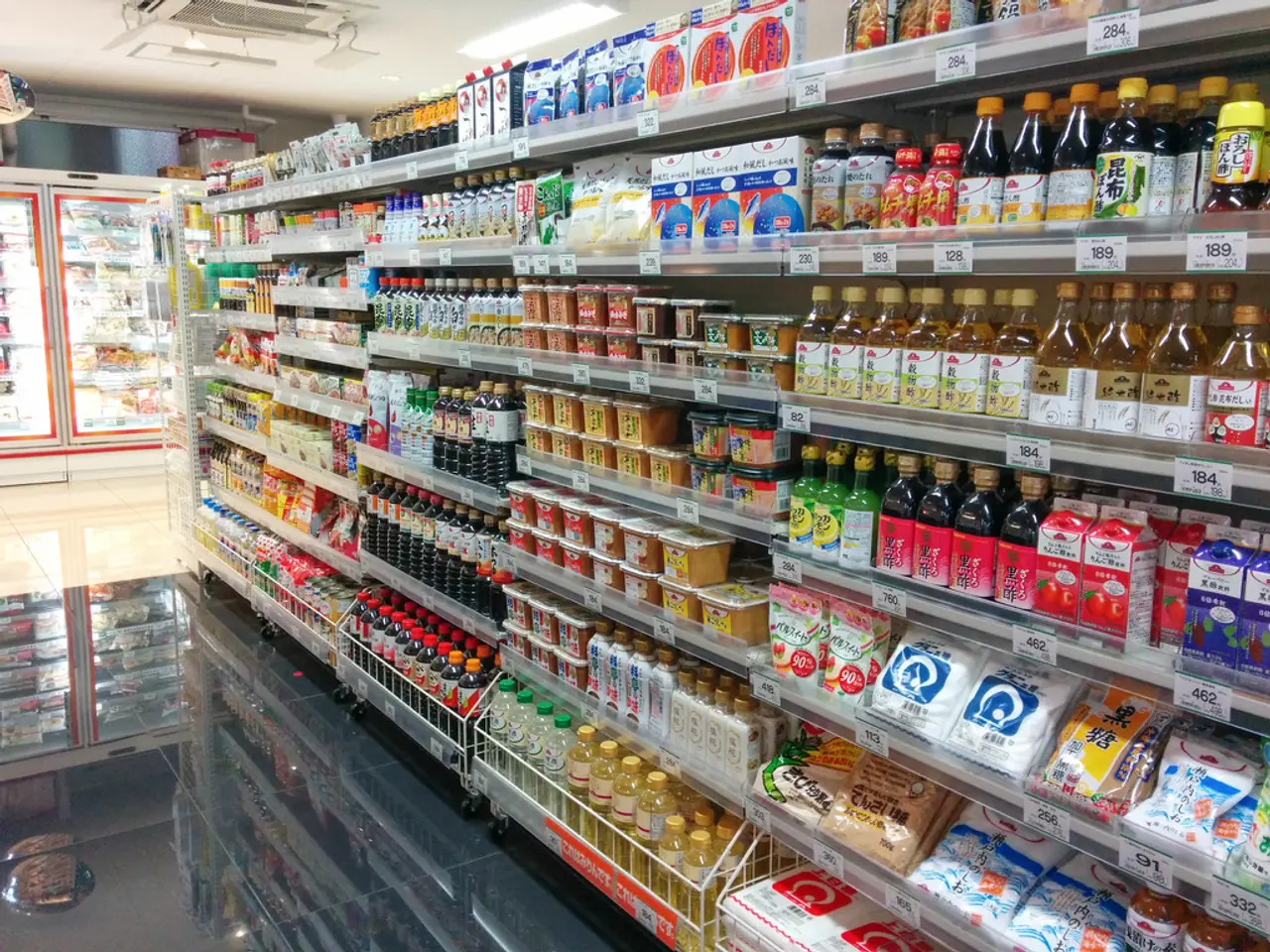Direct Sales of Books: Perspectives from Over 500 Writers [2025 Update]
In the world of authorship, direct sales are proving to be a lucrative and empowering path for writers seeking increased earnings and creative control over their business. Here's a look at the key elements required to make direct book sales work effectively as a sustainable business model.
Building a Loyal Audience and Author Platform
Establishing a strong connection with readers is crucial. Through an active online presence, authors can engage their audience, fostering trust and anticipation for new releases. This can be achieved through an engaging website, social media channels, and email newsletters [2][5].
Marketing and Promotion
Effective marketing is essential for sustained success. This can include pre-launch tactics, publicity campaigns, blog tours, targeted online advertising, and trade marketing to bookstores. Paid ads can complement free marketing methods to boost visibility without relying solely on social media algorithms. Finding a sustainable balance is key, aligning with an author's resources and mental health [2][4][5].
Selling Directly to Readers
Setting up an e-commerce platform allows authors to sell books directly, maximizing profits by cutting out intermediaries and building strong, loyal customer relationships. This control over pricing, bundling, and personalized marketing offers is a significant advantage [3].
Production and Distribution Strategy
For physical books, managing stock, competitive pricing, and trade discounts are critical to encourage retailers and readers alike. Accurate metadata delivery to wholesalers and retailers strengthens catalog visibility and availability. Partnering with established distributors or publishers can help with access to retail channels when desired [2].
Sustained Financial and Logistical Management
Authors need to reinvest earnings to sustain marketing efforts and operational costs. Responsible management of book printing, inventory, and fulfillment ensures customer satisfaction and repeat business. Marketing budgets should be balanced with expected returns; some authors accept breaking even as sustainable to avoid burnout [4].
Tools and Resources
Platforms like Kindle Direct Publishing (KDP) can reach a huge audience but require strategic category and keyword optimization, and optional programs to enhance visibility. Additional tools like Publisher Rocket help optimize listings for greater discoverability [1].
Building an Email List
Promoting newsletter sign-up links across social media platforms, offering lead magnets, and collecting emails during events can help authors build their email list. Tools like OptinMonster can help capture potential subscribers with timed pop-ups, exit-intent technology, and targeted messaging [6].
Choosing the Right Platform
For authors just starting out, MailerLite is a popular choice due to its user-friendly interface and free tier for smaller lists. WordPress with WooCommerce is the dominant solution for authors selling direct, beating Shopify for many. Shopify, however, is a popular choice for authors generating higher monthly direct sales, despite higher subscription fees compared to other platforms [7].
Amazon KDP and Ingramspark are the most popular printers for paperback editions sold directly by authors.
The movement towards direct sales speaks volumes about how the indie author landscape continues to evolve, with writers having more power and pathways to entrepreneurial success than ever before. Key characteristics of authors finding success with direct sales strategies include having a substantial backlist of published titles, building and nurturing an engaged email list of fans, offering multiple product formats and merchandise, utilizing a robust, scalable ecommerce platform optimized for direct sales, and having multiple sources for website traffic [8].
For authors willing to put in the effort, exploring direct sales can be well worth it, representing a strong path towards increased earnings and creative control over their author business.
Indie authors can leverage social media to foster connections with their audience, promoting new releases, engaging in discussions, and building anticipation for their books. This not only helps in establishing a strong author platform but also aids in creating a desirable lifestyle associated with their brand of entertainment.
By creatively using direct sales strategies, such as e-commerce platforms and email lists, indie authors can sell books directly to readers, building strong, loyal customer relationships and maximizing profits through pricing control and personalized marketing offers. Such strategies offer significant advantages and are proving to be a lucrative and empowering path for writers seeking increased earnings and creative control over their business.
![Direct Sales of Books: Perspectives from Over 500 Writers [2025 Review]](/en/content/images/size/w1280/format/webp/20250802212615_authors-selling-books-directly.jpeg)






